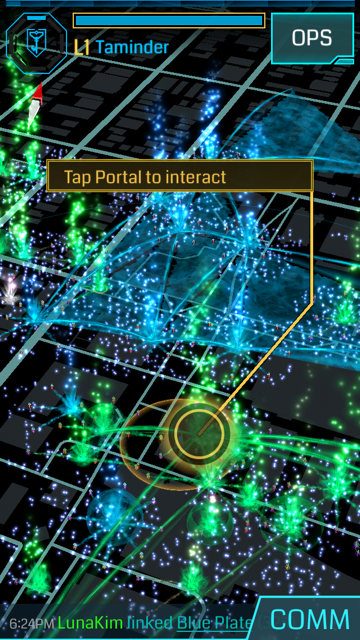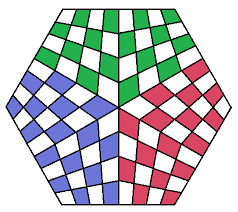This is my last semester at SJSU, and this course was definitely in my top 3 classes I took here. I learned so much about games, and even more about what goes into the development of games. I feel really accomplished with what I’ve learned. I now know how to properly analyze a game, and have a deeper understanding of what game developers try to showcase in their games.
Coming into this class, I knew there was much more about game development than I understood—and I knew it was more of an art rather than a science—but I didn’t know how complex even the core aspects of games were. By reading/writing about games—and even by playing them—I was able to analyze their characteristics, design patterns & elements, story lines, etc.
 I think the part I liked best in this class was the final project. I did it myself, and I believe everyone should have tried to make a game on their own (rather than in groups). I encountered many creative differences when working with my partner for the Cloud Climber game. Personally, I think we should have made mini games—rather than large, complete games—where we applied each topic we learned in class to a different mini game. Of course, this would probably produce lower quality games, but it might help some to understand the concepts better. Over all, the course was very organized, and the calendar was very well-planned out.
I think the part I liked best in this class was the final project. I did it myself, and I believe everyone should have tried to make a game on their own (rather than in groups). I encountered many creative differences when working with my partner for the Cloud Climber game. Personally, I think we should have made mini games—rather than large, complete games—where we applied each topic we learned in class to a different mini game. Of course, this would probably produce lower quality games, but it might help some to understand the concepts better. Over all, the course was very organized, and the calendar was very well-planned out.
I had a lot of fun this semester. Though I knew game development was a hard job, I definitely respect game developers a lot more now than I ever did before!











